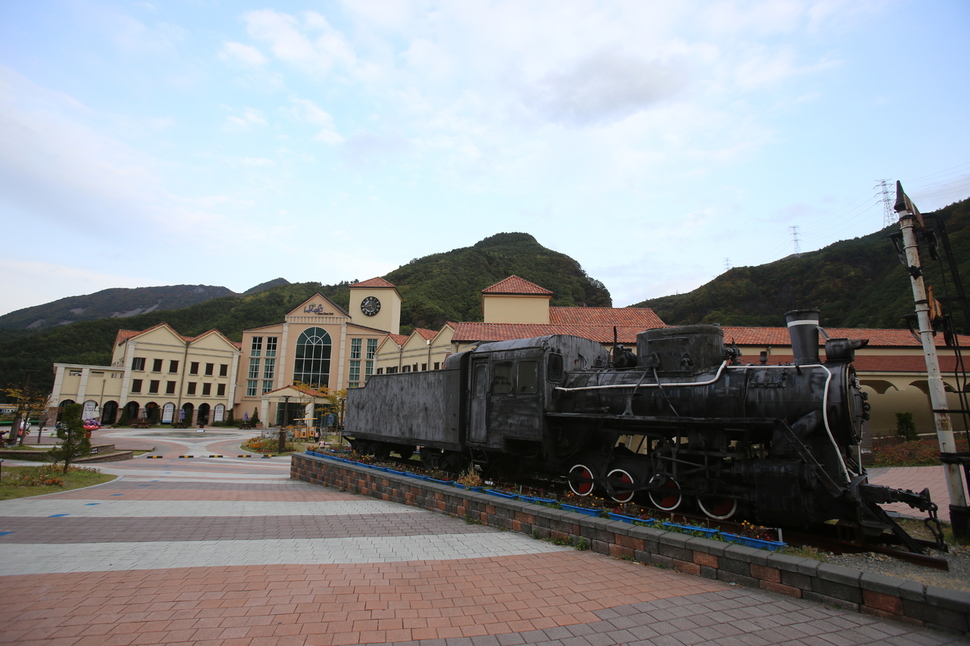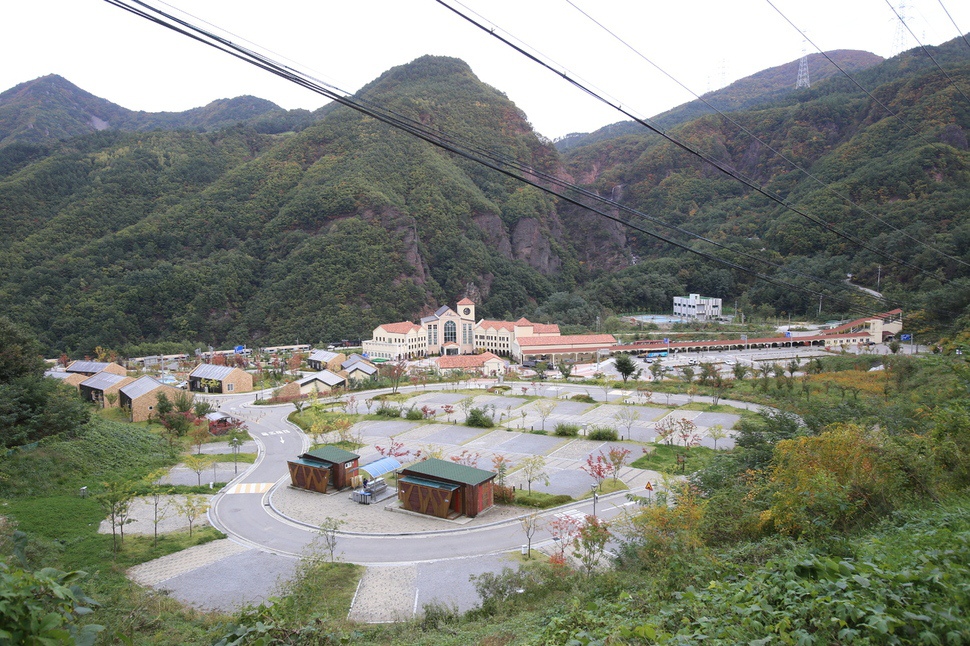 |
|
High1 ChooChoo Park in Samcheok, Gangwon Province, was a train-themed resort erected as an alternative industry for the region’s mining industry, but after suffering losses almost immediately after its open, the theme park shut down in October 2014.
|
Mining communities face economic collapse and shrinking population in spite of US$ 3 bln of investment over 20 years
Residents of regions suffering mine shutdowns and economic collapse in the wake of 1989 coal industry rationalization measures have battled to demand guarantees on their survival rights. In 1995, the South Korean government established the Special Act on the Assistance to the Development of Abandoned Mine Areas. It was on the basis of this law that Kangwon Land – a developer of casino resorts accessible to South Korean nationals – was established in 2000. Following the Special Act’s establishment, some 3.0501 trillion won (US$2.69 billion) in public funds was invested in fostering replacement industries in Gangwon Province’s former mining regions over the 20 years from 1997 to 2017. The amount includes a 1.1246 trillion won (US$992 million) abandoned mine fund amounting to 25 percent of profits from the Kangwon Land casino; 711.3 billion won (US$627 million) in mining region development project spending; and 540.3 billion won (US$476 million) in former mining region promotion spending. But the replacement industries that arrived in former mining regions – including O2 Resort in Taebaek (440.3 billion won/US$338 million), Donggang Cistar in Yeongwol (153.8 billion won/US$136 million), and High1 ChooChoo Park in Samcheok (75.3 billion won/US$66 million) – are all seen as failures.
 |
|
High1 ChooChoo Park in Samcheok, Gangwon Province, was a train-themed resort erected as an alternative industry for the region’s mining industry, but after suffering losses almost immediately after its open, the theme park shut down in October 2014.
|







